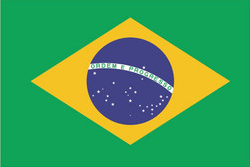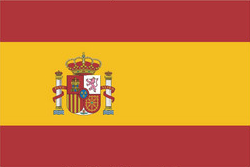The Open Geospatial Consortium (OGC) membership has approved the OGC® Augmented Reality Markup Language 2.0 Interface Standard (ARML 2.0). ARML 2.0 provides a free and open, non-proprietary encoding that augmented reality (AR) content providers can use to specify the visual appearance and real world “anchors” (including location) of virtual objects in an AR scene. Additionally, ARML 2.0 defines an interface (based on ECMAScript) for communicating how user input selects, queries and dynamically changes the properties of these virtual objects.
Augmented Reality (AR) content encoded in ARML 2.0 displayed in Wikitude, Layar and Junaio browsers respectively. (Image from Wikitude)
Augmented reality provides a computer-generated overlay on images of the real world, typically in real time. The overlay provides information — AR content, that is, text and symbols — associated to real world objects in those images.
AR usually requires a device such as a smartphone that has a screen and camera providing see-through display of real world scenes. The device must also have location sensors (typically GPS) and sensors that detect and report camera motion and orientation. A (usually remote) AR server will have data about the locations of real world objects (spatial coordinates or visual patterns that can be tracked in the camera of the device) and data from an AR content database. The server thus matches real objects in the image to AR content objects and displays them for the user. The scene and overlaid computer-generated objects are constantly updated as the camera moves. Users interact with the system by pointing and moving the camera, passively or actively selecting real world objects to see their associated AR content. AR content for a mountain landscape, for example, might give the name of the mountain closest to the center of view.
Various vendors aggregate information from restaurant owners, tourism bureaus, etc. to provide computer-generated AR content – text and symbols associated to a particular place. The content can be used only with that vendor’s AR platform. ARML 2.0, on the other hand, provides an open AR content encoding language and service interface. The benefit for content providers is that they can now produce AR content that can be used on any vendor’s AR platform, if that vendor implements the ARML 2.0 service interface. Most existing proprietary content can be converted in a batch process to ARML 2.0 content, thus opening it up to multiple AR platforms and applications.
Martin Lechner, Chairman of the OGC ARML 2.0 Standards Working Group and CTO at Wikitude GmbH, noted the pre-adoption implementations of the standards: “Our belief in the need for an AR interoperability standard has been validated by all the existing and new implementations already making use of ARML 2.0, even before it was officially approved. I am grateful to our Working Group members and all those who helped make this possible. This is an important milestone for everyone seeking interoperability in the awesome world of Augmented Reality!”
Martin Lechner, Chairman of the OGC ARML 2.0 Standards Working Group and CTO at Wikitude GmbH.
The OGC Augmented Reality Markup Language 2.0 Interface Standard document package can be downloaded from http://www.opengeospatial.org/standards/arml.
The OGC® is an international consortium of more than 500 companies, government agencies, research organizations, and universities participating in a consensus process to develop publicly available geospatial standards. OGC standards support interoperable solutions that “geo-enable” the Web, wireless and location-based services, and mainstream IT. Visit the OGC website at http://www.opengeospatial.org/.









